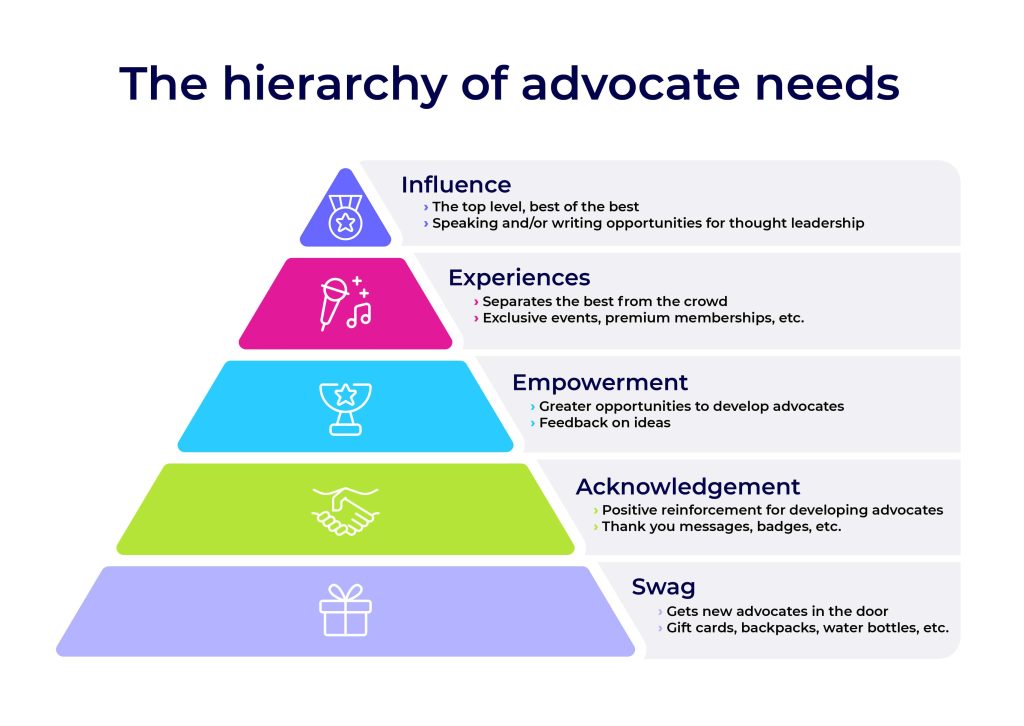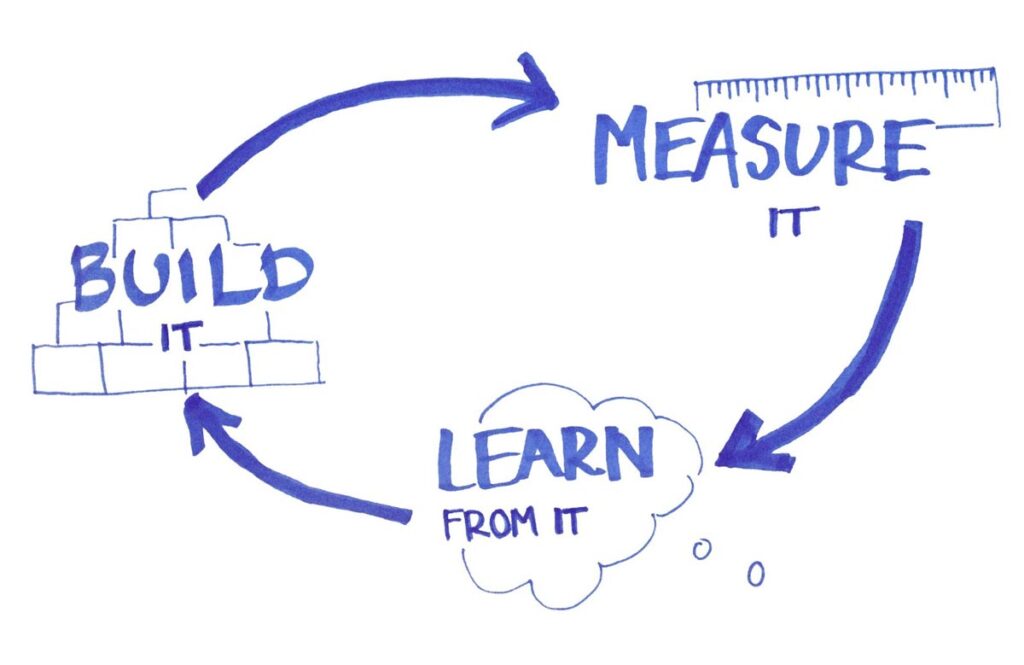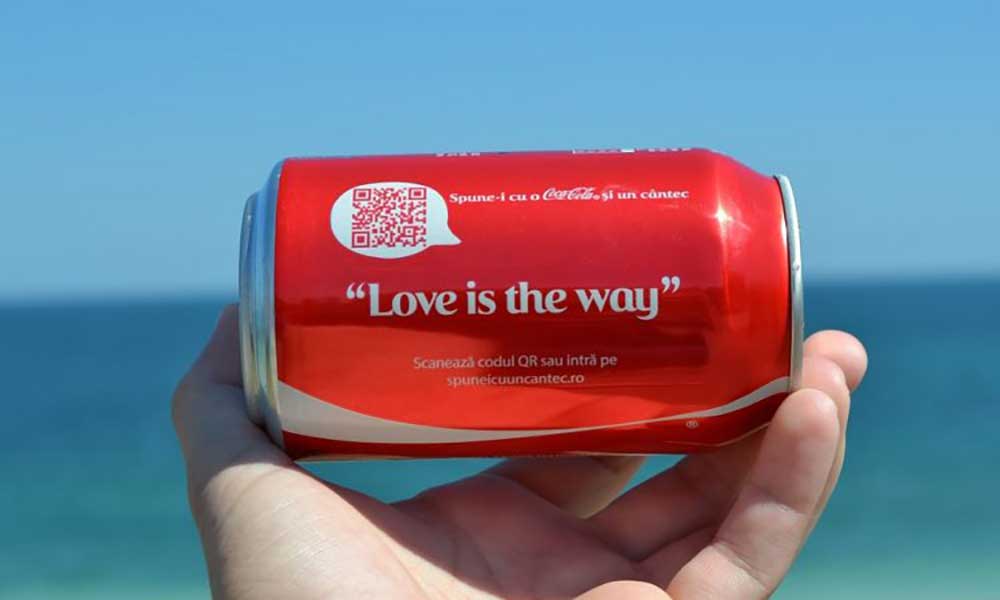8 Tips For A More Customer-Centric Design
You might be in the early stages of developing your product or business, perhaps still tinkering with wireframes and how to frame your offering. Or you may have an established company looking for branding agencies to reduce churn, increase performance, and stay competitive. Either way, it's time to consider switching gears from a process perspective and get ready to design your product as a customer-centric experience that offers what people want and need when they buy your products.
Customer-centricity is the new black for creative agencies. If you want to stay ahead of the curve, it's time to start putting your customers at the centre of everything you do.
This article will explore the tips for customer-centric design and how you can use them to create better designs that your customers will love.
Table of Contents
What is Customer-centric design?

Customer-focused design means ensuring customers are heard and valued, no matter what. It also ensures that users stay excited about new features and experiences. Finally, it creates an intuitive, satisfying user experience for everyone involved.
A customer-centric website design company understands that your website is the face of your business and first impressions matter. They will work with you to understand your business goals and target audience so they can create a custom website design that reflects your brand and engages your visitors.
The Psychological Roots of Customer-Centric Design: Buyer/Seller Dissonance and Attribution Theory
When creating a customer-centric design, it's essential to understand the psychological roots of why people buy (or don't buy) certain products. In this section, we'll explore two key concepts – buyer/seller dissonance and attribution theory – that can help you create a design that appeals to your target audience.
Buyer/seller dissonance is the cognitive dissonance that occurs when a person holds two conflicting beliefs about a product or service. For example, a buyer may believe that a product is overpriced but still purchase it because they want the quality or prestige that comes with it. On the other hand, a seller may believe their product is underpriced but be reluctant to increase it for fear of losing customers.
Attribution theory suggests that people assign causes to events to understand them better. For example, if someone purchases an expensive car, they may attribute it to their life success. Or, if someone doesn't buy a product, they may attribute it to the fact that they can't afford it. Attribution theory helps us understand why people make their choices and how outside factors can influence those choices.
By understanding these two concepts, you can see how customer-centric design fits into the bigger picture of human psychology. You can create a design that meets everyone by considering buyers' and sellers' perspectives.
8 Tips For A More Customer-Centric Design
Understand Your Customer's Goals

Make sure that you take the time to understand your Customer's goals. What are they looking to achieve? What are their pain points? What would make their life easier? Once you know their goals, you can start to design a solution that meets their needs.
Challenge Your Customers
It's not enough to provide your customers with what they want—you must also challenge them. This may seem counterintuitive, but it's essential for keeping your customers engaged and ensuring they don't become bored with your products or services.
When you challenge your customers, you force them to think critically about their use and how you can improve it. This helps them see your company as more than just a provider of goods or services but as a source of innovative solutions to their challenges.
Of course, you need to be careful not to overdo it—too much challenge can lead to frustration and ultimately cause customers to look elsewhere. But by finding the right balance, you can keep your customers engaged and coming back for more.
Emotion Versus Utility
The difference between customer-centric and other types of design is that the former focuses on delivering utility and value to customers. At the same time, the latter may prioritise other factors, such as aesthetics or brand identity. While emotion can play a role in both types of design, it is generally more critical in customer-centric design since this design is about creating an enjoyable and beneficial experience for the Customer.
Match the User's Mental Map
Designers need to understand how their users think and what their expectations are. One way to do this is to create a mental map of the user's thought process. You can observe users using your product or service or ask about their experience. Once you understand the user's mental map, you can design your product or service to match it. This will help ensure that users have a positive experience with your product or service and are more likely to continue using it.
Practicality
Put yourself in your Customer's shoes. This may seem obvious, but you must remember to understand who you're designing for in the market. What do they need and want from your product or service? How can you make their experience better?
Test Different Designs

You should create multiple design concepts to test with your target audience for feedback. Make sure to consider how people interact with your product or service, and try to design around those interactions. Try creating a few different versions of your designs to test which is most effective with your customers.
Once you have a few different designs, you need to put them to the test. There are a few different ways that you can do this, but one of the best ways is to use A/B testing. This involves showing two different versions of your design to two other groups of users and seeing which one performs better.
Offer Help to Customers when Possible
When offering help to customers, always err on the side of caution and offer assistance when possible. This could be as simple as providing clear feedback on using your product or service or offering customer support in case they need help. Remember, the goal is to make the Customer's experience as positive as possible, so do whatever you can to help them. They'll appreciate it, and it could lead to repeat business down the road.
Appeal to Your Customer's Senses

Smells, tastes, looks, feels and sounds. When creating a design, you want to make sure it appeals to as many senses as possible. This will help create a more immersive experience for your customers and make them more likely to fall in love with your brand.
Appealing to your customers' senses includes intense colours, exciting textures, and powerful scents. You want to make sure that your designs are pleasing to look at and touch and that they smell great. And remember the sound! Creating a cohesive auditory experience can help complete the picture and engage your customers' senses.
Benefits of customer-centric design
Customer-centric design is all about putting the Customer first. Every decision made during the design process should be based on what will benefit the Customer most. When done correctly, customer-centric design can result in tremendous benefits for both the Customer and the company.
Some of the top benefits of customer-centric design include the following:
1. Increased Customer Satisfaction
2. Improved Loyalty and Retention Rates
3. Higher Quality Leads
4. Increased Sales and Revenue
5. Greater Efficiency and Productivity
Conclusion
We hope this article has shown you the power of customer-centric design and how it can help your business succeed. By putting your customers at the centre of everything you do, you can create a truly differentiated experience that will keep them coming back for more. If you're ready to start creating customer-centric designs, we'd love to help. Contact us today to get started.
FAQs
What do you mean by customer-centric design?
Customer-centric design means designing products and services that are useful, usable, and desirable to customers. Designing for the customer is also known as user-centred design.
Can you explain the difference between usability and user-friendliness?
Usability is how easy a product or service is to use. User-friendliness is how easy a product or service is to understand.
How can companies make their websites easier to use?
The best way to make your website easier is to ensure everything is labelled correctly, all links are easy to find, and all information is accessible.
How do you create a product or service that is customer-centric?
The best way to create a customer-centric product or service is to ask yourself what the customer needs, wants, desires, and requires.
Can you give me an example of a customer-centric design?
A great example of a customer-centric design process is Apple. They have designed products that are user-friendly and that are easy to use. They have also created aesthetically pleasing products.
Is it possible to have a customer-centric design without knowing the customer?
Yes, it is possible to have a customer-centric design without knowing the customer. For example, when a company creates a new product, they may ask their employees what they want and develop a product they think they can sell.
Author Bio: Brijesh Jakharia co-founded SPINX Digital in 2005 and took great pride in crafting web and mobile marketing solutions for mid-market businesses to enterprises. Marketing is his passion, and the thrill of building a brand from the ground up has helped him craft successful brand stories for world-class clients. While not at work, he loves to spend his time on research and reading digital content stories.
